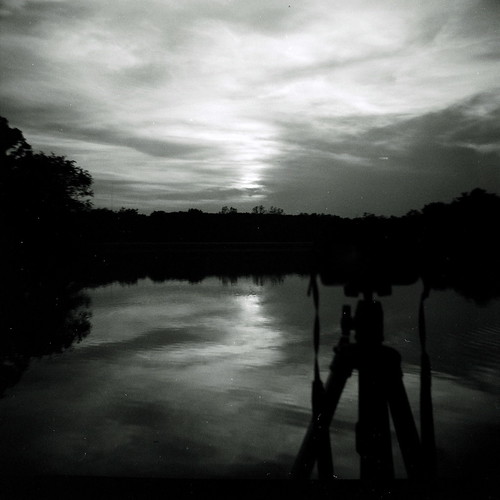Tips For Backlighting When Taking A Selfie
This batch of tips is a great starting point for novice photographers to learn valuable skills and tactics. The collection we present here will help attentive beginners become fine photographers.
Experiment with different shutter speeds to see what works best for different scenarios. You can capture moments that happen in a blip or blur larger time periods together. Lighting quick shutter speeds are great for sports shots with lots of action, while slow shutter speeds are nice for landscapes without a lot of movement.
Don’t go overboard with complex camera settings. Figure out each of your camera’s controls individually, like shutter speed or aperture, before tackling the next. This will let you focus on the picture you are trying to capture, instead of wasting time messing around with your camera while your subjects walk away.
People often believe that bright, sunny days are perfect for taking pictures. However, you are almost guaranteed to get flawed images if you take your shots in the direct glare of the sun. The sun can cast shadows and create unwanted glare on your subjects. It also causes most people to squint, meaning they won’t be putting on their best face for the picture. The best possible times of day for taking photos are late evening and early morning.
Practice using manual adjustments to the white balance in your photographs. Taking indoor pictures is tricky because of the yellow tone the lightbulbs give off. It is often not necessary to alter the lighting itself, when the white balance can adjusted to give you a wide variety of options. This will definitely provide your pictures with a professional appearance.
Take pictures of little things when traveling. Some things may seem unimportant at the time you shoot the photo, but when you return home, every photograph will help recreate memories and ambiance. Feel free to photograph the little things like signage, shop windows or even the unusual things that collect in your pocket, such as foreign coins and train tickets.
Take a few pictures of vacation souveniers from your trips. You can take a photo of the item in the store you bought it from, or put it in a location which will show both the beauty of the terrain and the local culture. This photographic memento creates a lasting memory of the context in which you made your purchase and makes it even more meaningful when you return home.
Make sure to jot a few notes down with your pictures. When you look back at your pictures, you might have a hard time remembering where you took them. Eventually, you may want to create a scrapbook and include some of the descriptive information along with the pictures.
Try to get close to the subject you’re trying to photograph. Subjects lacking in color or details are one of the worst things you can see in a photograph. Make sure you can distinguish details on your subject that will attract your audience’s attention.
Find a good balance between aperture, shutter speed and ISO. Together, these features interact to determine the photograph’s exposure levels. Unless you are shooting for an artsy, atmospheric result, try to avoid under- or over-exposed photos. See what kind of combinations you can come up with by switching up these three features.
When taking indoor photos that are under fluorescent lights, try adjusting the white balance for your setting. Because fluorescent light tends to be greenish or bluish, it may cause your photos to look cold. Adjusting the red tones on your camera will remedy this situation.
Are you looking to take images of objects that are wet or have a rained-upon look? Sometimes, the weather does not oblige; however, you can create your own rain by carrying around a water spray bottle with you to spray your subjects.
To add visual interest to a scene, explore different settings to adjust the focus. Reduce the f-stop setting to maintain focus on the closer subject. This technique is great for portraits or close ups. A larger f-stop number gives you a deeper depth of field. This will result in everything in the photograph being sharp and in focus. This works well to photograph landscape.
Digital Zoom
Be mindful to stay in optical zoom rather than digital zoom when you are zooming in close on your subject. Many cameras are set up so you can get as close as you want to your subject with the zoom feature; however, the image quality will be compromised as soon as your camera makes the switch from optical zoom to digital. The digital mode divides the image into pixels, which will become visible as you zoom in. Read the manual of your camera to see if you can disable the digital zoom feature.
These tips should give you a good basis for taking better pictures. This collection of tips was hand-picked to help perfect your photography skills and get you started taking fantastic pictures.

Comments are closed.